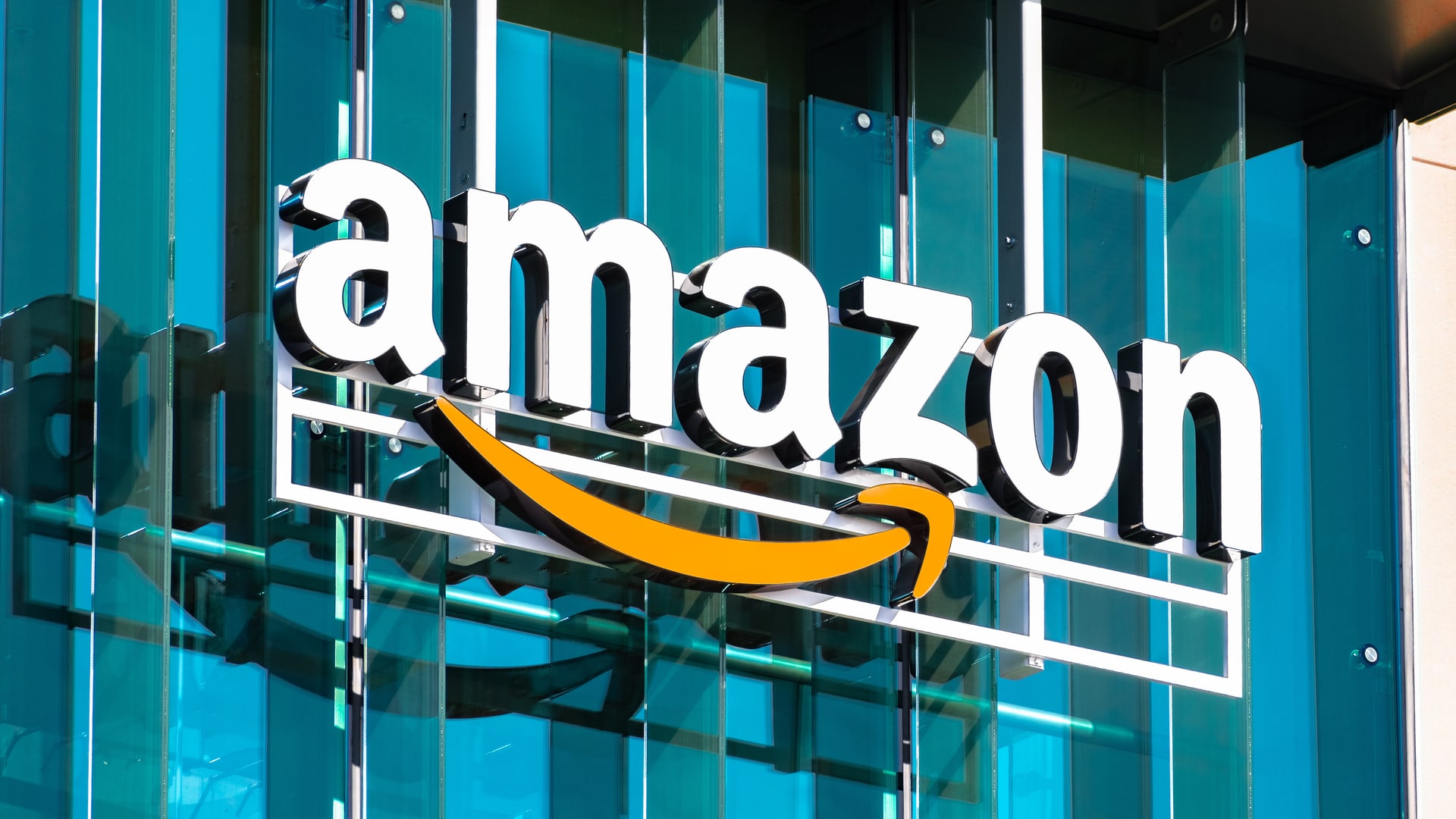
Marketers are hoping Amazon’s annual Prime Day sales event will give them a preview of holiday sales strategies along with a snapshot of current online shopping trends.
The event is back to July this year, after being in June last year and October in 2020 due to disruptions caused by the pandemic. This may be an effort to tie it to another, more traditional reason for summer shopping.
“Amazon is getting back into ‘prime’ summer season,” said Brad Jashinsky, director analyst, digital marketing at Gartner. ”July is part of the back-to-school shopping season and it’s very big for in-store shopping. Amazon likes to tap into that – with backpacks and other sales – and take as much of that momentum away as possible from other retailers.”
Why we care. For years, Amazon Prime Day has had a ripple effect on other big box retailers, as well as e-commerce brands. It’s all about consumer behavior and buying cycles. If customers are primed by Amazon for discounts in July, then competitors and direct-sales brands will take advantage of the momentum with their own deals.
This becomes even more prevalent when so many consumers are buying online and the competition is one click, or one swipe, away.
Read next: Boom in mobile activity on Prime Day
Recent in-store shopping surge. “Online was still growing at a much faster rate than in-store in January and February 2022,” said Jashinsky. “In the last three months, in-store has been coming back and growing faster than online, at least year-over-year. When you zoom out to growth pre-pandemic, online sales have grown leaps and bounds since 2020. What we’re seeing recently is more of a correction from last year. And we don’t see a shift back to pre-pandemic in-store shopping.”
Not ready for Prime time? Last year there were high hopes around the sales event and with good reason. Vaccine rollouts, pent-up demand, high employment and lower infection rates all pointed to growth opportunities for hard-hit industries like travel and entertainment, as well as high rewards for retail and e-commerce. While Amazon doesn’t release sales figures for Prime Day, the Federal Reserve reported a sharp rise in ecommerce in 2021 compared to the year before. It’s reasonable to assume that last year’s Prime Day was pretty good for the company.
This year’s event finds consumers being hit with mixed economic messages. There’s the specter of recession as interest rates rise, but at the same time the employment numbers are going up, too. Most importantly, higher prices on pretty much everything may mean people won’t spend as much. Or it may mean they’re going to love big discounts.
Increase prices are just one of the things weighing on retailers’ right now.
“Inflation, decreased budgets for advertising, and limited inventory due to continued supply chain delays are challenges the retail giant and the independent retailers on the marketplace will face this Prime Day,” said Lauren Lang, senior content manager for Constructor, an AI search and discovery technology company for retailers.
A poor Prime Day for Amazon due to these ongoing retail challenges could be a gain for other sellers, if they capitalize on their own e-commerce play.
“Other retailers and marketplaces can take advantage of Amazon’s potentially lackluster Prime Day this year by investing in their e-commerce profit centers, delivering personalized search and discovery and a more tailored experience to each individual customer,” Lang said.
“Even local and small businesses can leverage Prime Day to their advantage by showcasing the value of supporting small businesses instead of the eCommerce giant,” said Vijay Sondhi, CEO of commerce technology company NMI. “For retailers with both a brick-and-mortar and an e-commerce presence, these next two days are a great opportunity to drive in-person shopping, either through in-store only sales or with ‘buy online pick up in store’ capabilities to showcase their frictionless payment and checkout capabilities to differentiating them from e-commerce only offerings.”
Inventory. This year’s Prime Day comes when inventory is out of whack for a lot of retailers. Last month, retail chain Target spoke publicly about their lower profits due to having to unload excess inventory. As a result, retailers are dealing with their own issues and not using the Amazon event as leverage for their own marketing.
“It’s hard to have that crystal ball, and retailers are taking a different approach this year,” said Jashinsky. “Walmart is offering deep discounts, but not a ‘Deals for Days’ event [in response to Prime Day]. It’s a different approach while, maybe, they prepare for their own event later this year.”
Holiday 2022 preview. There’s a good chance this year that they might be planning a Prime Day-like promotion in October, with Walmart and other retailers following in kind, according to Jashinsky.
This dovetails with last year’s effort to extend the holiday online buying period. Cyber Monday turned to Cyber Week, or even Cyber Month. This may resonate with consumers who are altering purchase habits because of supply chain issues. Many are now looking for gifts throughout the year, instead of binge-shopping after Thanksgiving. That said, Amazon had record-breaking sales in the post-Thanksgiving period in 2021.
If some of the Prime Day energy has diminished this year and last, it could lead to an even longer, steadier holiday shopping season at summer’s end.
Get the daily newsletter digital marketers rely on.




